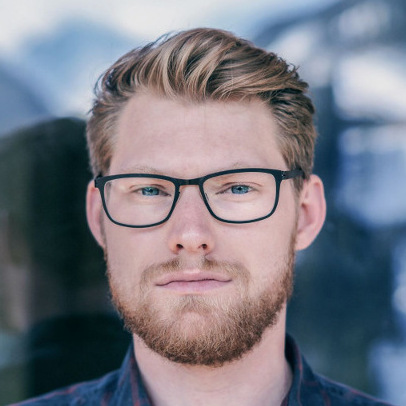.
Genewein T, Grau-Moya J (2016) GRASP Special Seminar: Decision-Making with Information Constraints: Free Energy Foundations and Applications, UPenn Philadelphia.
Jordi Grau-Moya and I gave a special seminar at the GRASP lab (University of Pennsylvania) with the topic: Decision-Making with Information Constraints: Free Energy Foundations and Applications. The seminar was split in two parts: the first part was given by Jordi, where he talked about the theoretical foundations of the free energy principle for decision making and then showed how the principle can be used to model different traits of (human) decision-making: bounded rationality, that is decision-making under limited computational resources, model uncertainty (the agent is aware that its model does not precisely reflect the true world and thus allows optimistic or pessimistic deviations from that model to drive exploration) and risk sensitivity (in the light of known probabilities, an agent could still prefer risk-seeking or risk-averse behavior compared to simply taking the average). His talk concluded with an application of the principle to an MDP setting, which leads to a value-iteration like scheme for planning in MDPs, that allows to model both bounded rationality but also model uncertainty (the agent has a model over the unknown transition-probabilities and can deviate towards an optimistic or pessimistic attitude with respect to the unknown transition-probabilities). See the preprint of the corresponding publication here - this work will be presented in a talk at ECML 2016.
In the second part of the talk, I explained the connection between rate-distortion theory and the free energy principle for decision-making and showed how rate-distortion for decision-making can lead to the emergence of natural levels of (behavioral) abstractions. The principle was extended to three variable systems, which allows to model bounded optimal perception-action systems and hierarchies of abstraction. See the Research pages for more information or alternatively this paper.
After a short stay with Pedro Ortega, we visited UAI2016 in Jersey City, NJ. UAI was definitely interesting, even though it is a rather small conference. This allows to easily get into touch with people and to easily find time for solid discussions (unlike other conferences where it is almost impossible to approach somebody at their poster). There was quite a bit of interesting and highly related work. Perhaps the most interesting novelty for me was that people in (differential) privacy deal with the problem of “finding the right amount of noise” in order to destroy some information (that would conceal privacy) while keeping the relevant information for a certain task. This should actually map straightforwardly onto rate-distortion theory, where the goal is also to discard irrelevant information and keep only relevant information. In rate-distortion, information is transmitted over a channel of limited capacity - one way to limit a channel’s capacity is by injecting noise. I should definitely look into this connection in the future and see if this has already been fully fleshed out in current work on privacy.
